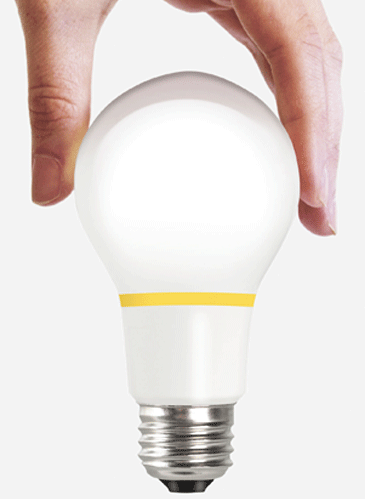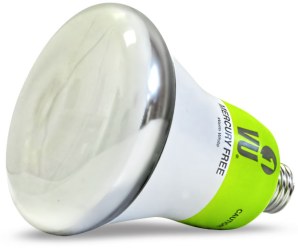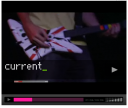Count me among the LED- compact flourescent haters for home lighting, so it was fascinating to read a story in today’s Boston Globe (cribbed from the New York Times) about two startup – get this – light bulb makers right here in Massachusetts. Yes, the demand is there: As the story relates,
Incandescent bulbs — whether leftover store inventory of standard lights or halogen models that meet the new regulations, which went fully into effect in January — outsell other types by far at big-box stores like Home Depot and Lowe’s, lighting executives there say.
One of the new bulbs is called Finally, created by a Babson College grad named John Goscha who also came up with Idea Paint, the dry-erase whiteboard-type stuff that permits you literally to scribble all over the walls – and recently installed in many a ‘GBH conference room. Turns out Goscha was a hater too:
Unhappy as a consumer with compact fluorescents and LEDs, he said, he decided to pursue making an alternative. “I thought, ‘I don’t really want those, and there have got to be other people who don’t want those either,’ ” he said.
The Finally folks have term their bulb “Acandesence,” to explain their use of a hepped-up nano-sized version of old-fashioned induction technology found in your common long-running electric motors. According to a review in the tech blog Gigaom today,
The big upside of the Finally bulb is that the company says its quality of light is similar to an incandescent — a warm solid glow — but without the crazy-high LED prices. Many consumers hate CFLs, because the light can be such a low quality, and until very recently LEDs have been in the two-digit dollar prices. The Finally bulb is 75 percent more efficient than an incandescent and lasts 15 times longer.
But before the Finally bulb hits the stores (still waiting, it seems to clear a plethora of regulatory hurdles), it may be beaten to the punch by another new bulb type – the VU1, which according to the Times article,
uses a technology like that of cathode ray tubes in televisions, a “state-of-the-art 1940s technology,” …in which electrons hit a cocktail of phosphors on the glass, which then glows.
‘Course, they have their own name for this new-old technology “Electron Stimulated Luminescence™, or ESL. Whatever. Here’s hoping these better bulbs-in-theory open to, er, glowing reviews. Time to cue the Hank Williams...



